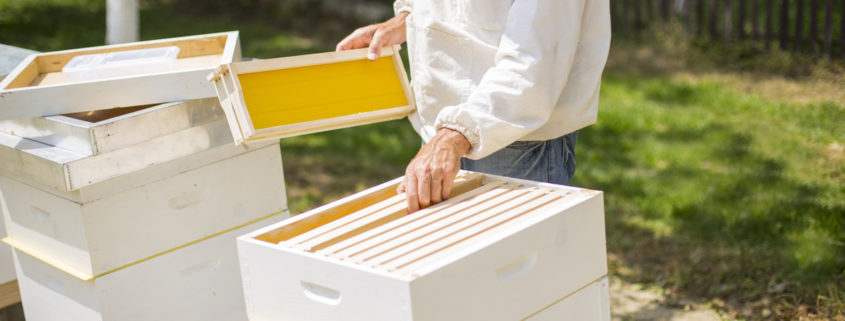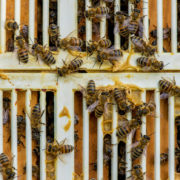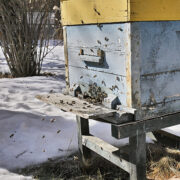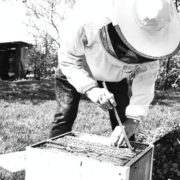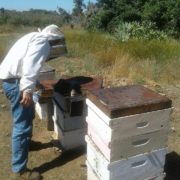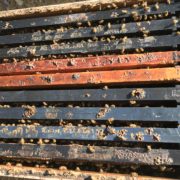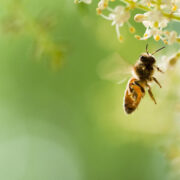When To Add A Super To A Beehive
For both new beekeepers and experienced beekeepers alike, it can often be difficult to know when it is the right time to add an additional box (known as a super) to a growing colony of bees. Unfortunately, there is often no perfect answer to this question. Here at Wildflower Meadows, with all the combined years of experience of our team, we still find ourselves at certain times wondering and debating whether it is the right decision to add supers to our colonies or not.
It might seem at first that a beehive is always better off with more space. Afterall, more space means more room for surplus honey, more room for a colony to expand, more room for the bees to avoid crowding, and more room to reduce swarming pressure. So, why not just add a super or two and solve all these problems at once? Beginning beekeepers typically follow this perfectly logical train of thought. The results, however, are often not what they had in mind. Too much space for a beehive can often lead to unintended consequences.
There are several downsides to providing too much space to a colony, the main one being that rather than promoting growth, adding overly excessive space to a beehive, or adding space at the wrong time can often set a colony backward. In fact, adding a super at the wrong time of year can sometimes result in a smaller or more stressed out colony than if the colony had simply been left alone. This is a counterintuitive concept, and it is what causes experienced beekeepers to pause and think twice before supering their colonies, especially relatively weak ones.
Anytime a super is added to a colony, it affects the bees’ ability to regulate the temperature and humidity balance of the colony. It gives them more space to attend to, clean up, maintain, and defend, all potentially straining their resources. During cold weather, cavernous space in a beehive is especially a liability, causing detrimental heat loss. Even in very hot weather, excess space can interfere with a colony’s ability to cool the all-important colony core and brood nest.
Also, bees naturally like to move upward. When a super is added prematurely, the bees will tend to move upward first, rather than outward. This sometimes results in a long and narrow shape to the colony, which is less than ideal both for the efficient use of the equipment, and for maximizing colony growth and honey production.
So, when is the best time to add a super to a colony of honeybees? The ideal time to add a super is during periods of natural population growth (typically, the spring), before or during a honey flow (spring or summer), or during periods of swarming (again, typically the spring). Before adding a super, beekeepers often use a standard rule of thumb, which is known as the 7/10 rule. This rule says that the proper time to add a super to a beehive is when the bees have already covered 7 of the 10 frames in the existing box or boxes. If the colony is growing and the timing is right (as noted above) then the 7/10 rule comes into play. If the colony is strong enough to have 7 of the 10 frames full of bees, then is has the necessary ingredients for a natural and seamless expansion into a new empty super.

